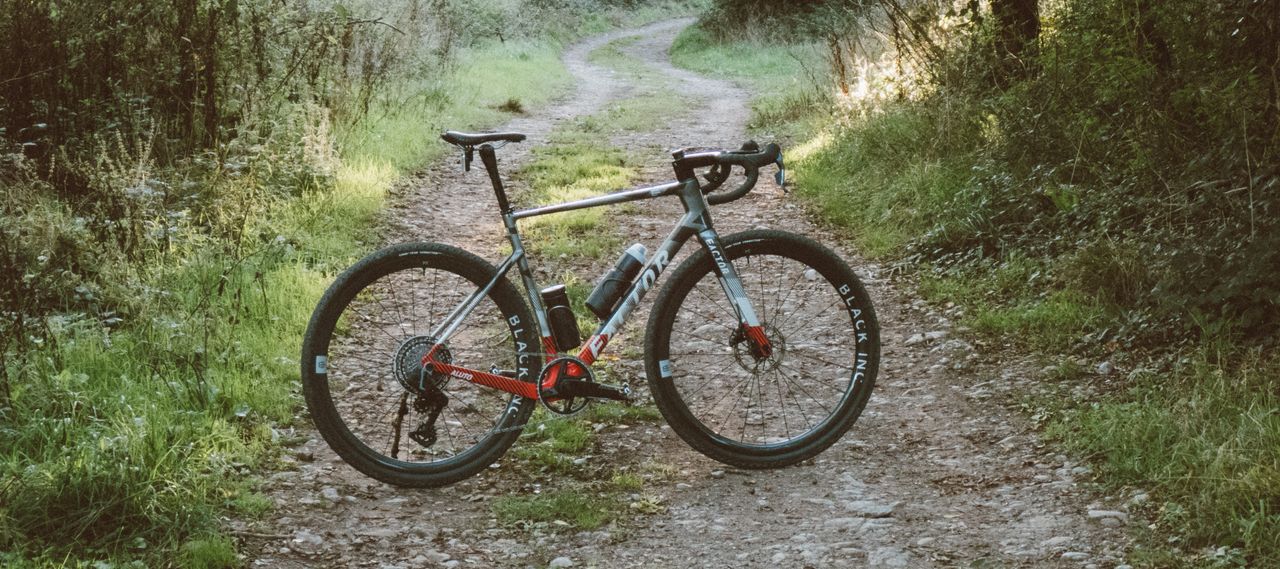
It’s been some time since I rode a Factor gravel bike. I tested the Ostro Gravel in early 2023, and while there were some bits I really liked about it, I thought it lacked the versatility that is so often the key selling point of the best gravel bikes. I think, being overcome with an unusual attack of literary whimsy, I compared it to a fish filleting knife; superb for filleting fish (which, in this stretched metaphor, is a stand-in for ‘gravel racing’) but less adept at, say, chopping veg, which I would equate to ‘normal, general purpose gravel riding’.
While I am often overcome by a surfeit of ego, I’m not going to claim responsibility for Factor describing the Aluto as a ‘Swiss Army knife’, as this is a comparison often made of a great many gravel bikes by brands and journalists alike. Having thrashed about on the Aluto on some long, multi-surface days out, the occasional commute, and good old-fashioned smashing about in the woods for a few hours, I am actually inclined to suggest the Aluto is actually much more like a very good chef's knife than a Swiss Army knife.
It’s sharp – metaphor aside – and very good at riding both on and off gravel, but I think it perhaps lacks the true do-anything versatility that is on offer with some other contenders. However, it also doesn’t sacrifice much in terms of racy handling and low weight by erring towards the race end of the spectrum (as is to be expected given that Factor only really makes ‘fast’ bikes). Essentially, if you want a rapid-feeling gravel bike and don’t want to ride on anything too technical or crazy rough, then you’ll have a good time with the Aluto.
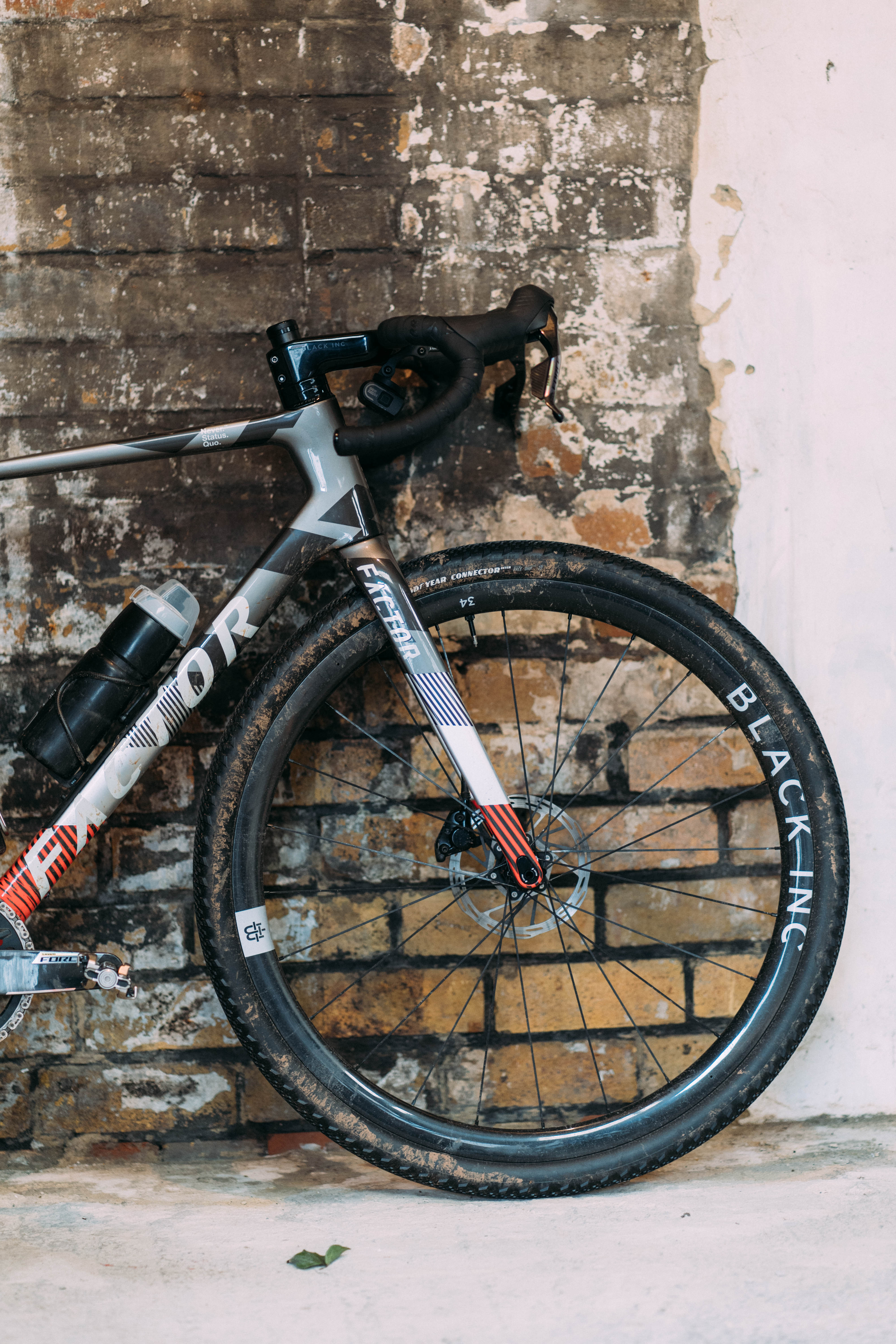
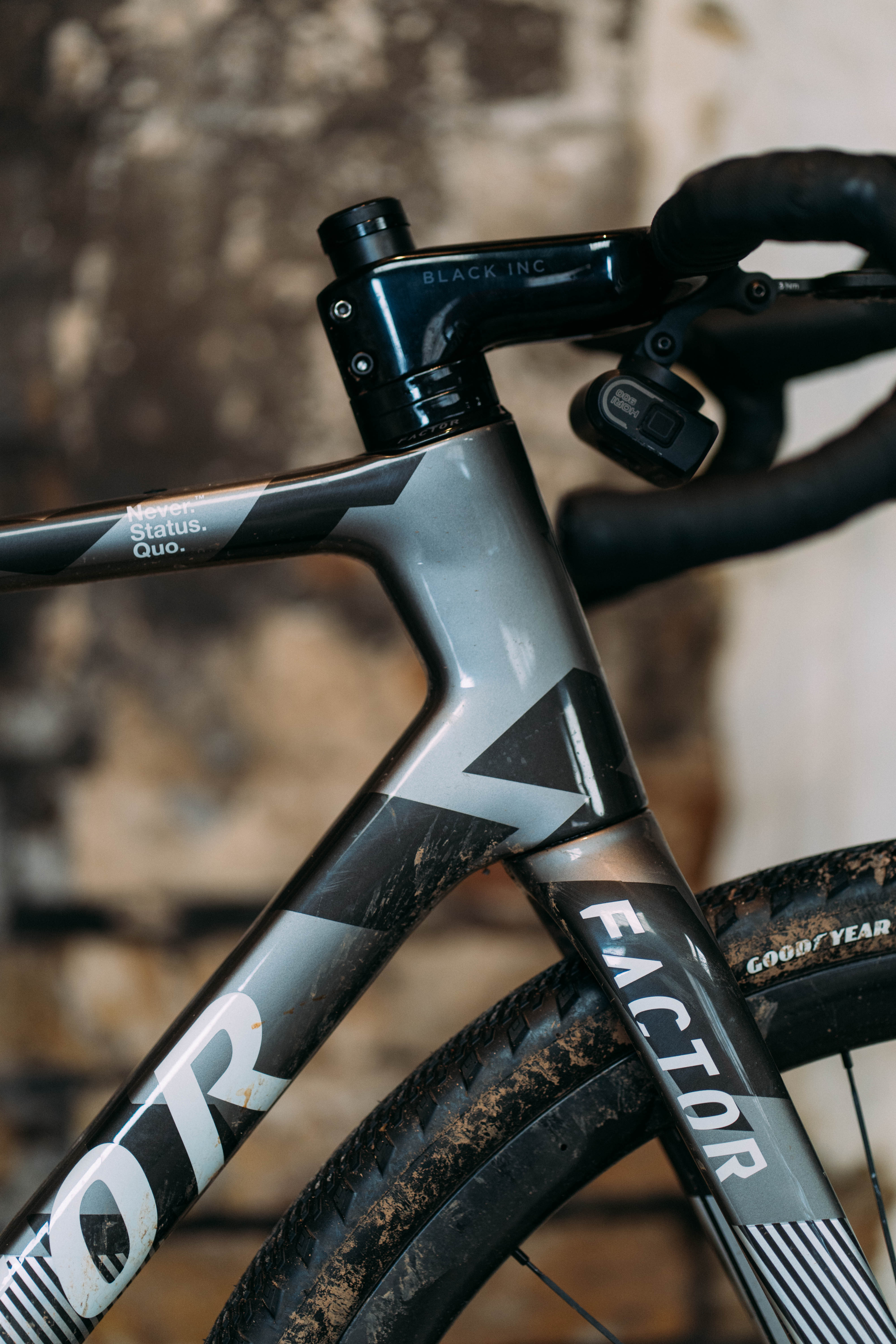
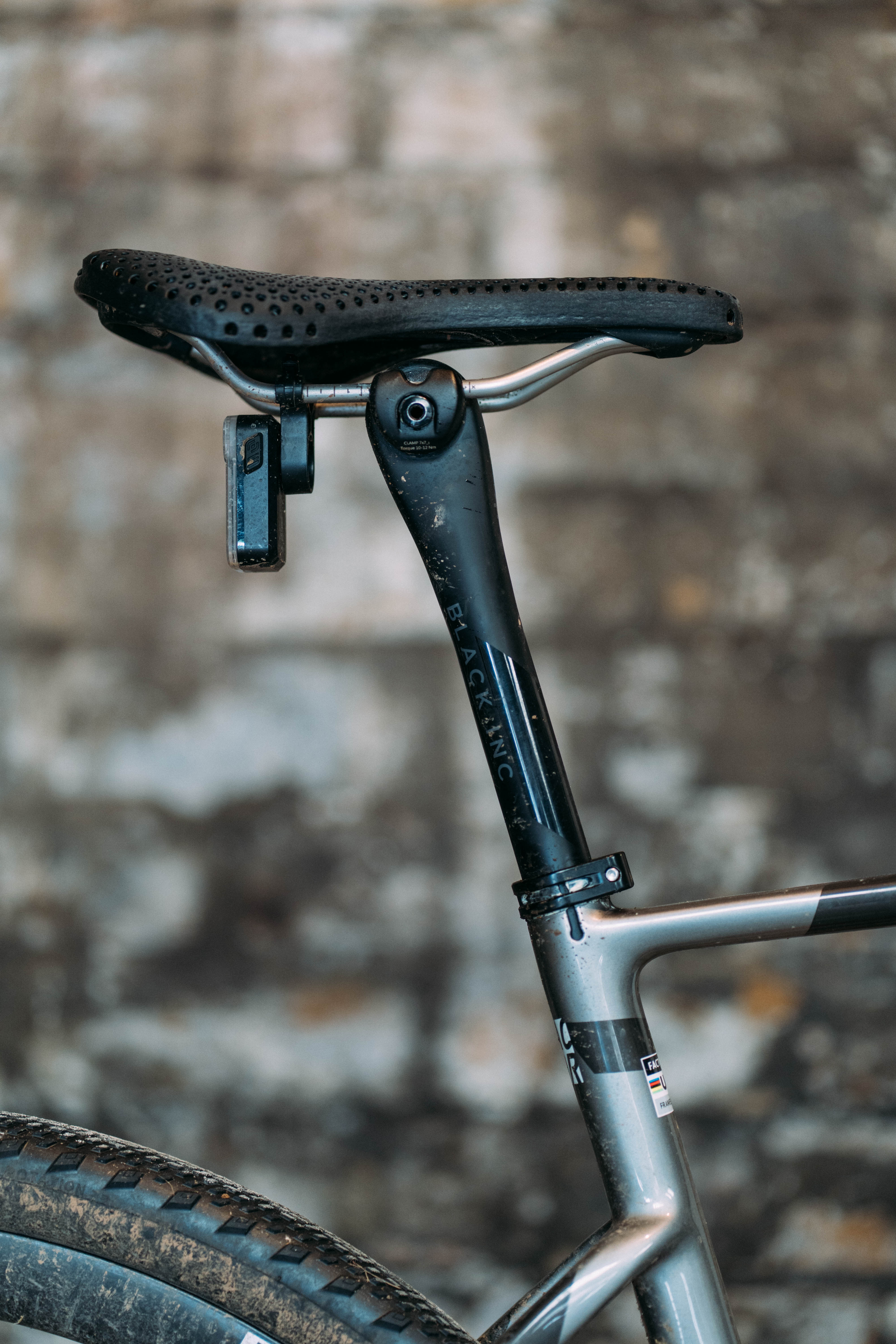

Design and aesthetics
In simple terms, if you take the Ostro Gravel and pare it back, stripping out the aero details and upping the tyre capacity, you’re quite a long way towards creating the Aluto. The chainstay lengths are identical across both models, but the Aluto is longer in the wheelbase, primarily as a result of a 0.3º slacker head angle. Add in a 4mm lower bottom bracket (offset somewhat by being specced with larger tyres than the Ostro Gravel) and you should get a more stable ride.
The tubes are also a lot more slender. Visually, at least, it is very much in a similar vein to the Specialized Crux, all skinny and lithe. The top tube takes its cues from the brand’s lightweight climbing bike, the O2. The downtube is similar to the brand’s Monza road bike, complete with downtube storage, and the dropped seat stays are lovely and skinny.
The chainstay on the drive side has been dropped to increase the tyre clearance, though only to 45c at the rear, or a ‘performance maximum’ of 47mm if you’re ok with potentially losing a bit of paint. Conversely, up front, one could fit up to a 52mm tyre, which is slightly mismatched but does at least give you the option of a semi-progressive tyre setup. Bear in mind, if you run a 45/52 rear/front, or even a 47/52, then you will slightly raise the front end by 5mm or so, slackening the head angle a fraction. It’ll be minor, to the point it probably barely warrants mentioning, but worth considering nevertheless.
At the rear end, once again, I am heartened by the inclusion of a traditional round seat post (yes, it pains me to use ‘traditional’ in this sense, but we are where we are) and external clamp. This not only makes dialling in fit a lot easier, but it’s just less prone to slipping on rough ground, more comfortable and also opens up the opportunity for the use of a suspension seatpost or a dropper.
The drivetrain in my case is SRAM Force XPLR, and while the Aluto is only available with SRAM Force, Red, or as a frameset, and as a result, only sold in 1X configurations, it can still take a 2x if that’s your poison. While it’s a much more versatile beast than the Ostro Gravel, the larger-than-normal-for-gravel-bikes 44t chainring, which is the only option, certainly hints that speed is still a big goal.
While you can’t spec the chainring of your choice, you can choose any crank length you like from the standard suite of options, and pick from a full 20 cockpit variations, from 36x90 through to 42x130. This should be beneficial for the racers who want a 130mm long stem and 36cm bars, but also free up the bikepacking crowd who want a little more real estate to sling bags under with wider options. I’ll get into the cockpit more shortly, but it’s a new model and I really like it a lot.
The skinny form, carbon wheels and finishing kit all add up to a respectable weight. My size 56 with cages, sealant, and a computer mount (but without pedals as I’m testing some power meter pedals that you probably wouldn’t need as it has one integrated into the cranks) tips the scales at 8.9kg. It's not a heavyweight, but it is a little more hefty than the Crux and perhaps slightly more than I was expecting.
There are a few concessions to aerodynamics in the tube shaping, but nothing that would warrant any big wattage claims. If you want all-out speed, then the Ostro Gravel already exists.
I think the colour schemes may be a little brash for many, though personally I’m quite happy to see a new gravel bike released that offers neither the gravel-specific olive drab anywhere, nor the gravel-adjacent orange. The colours are based on a pair of Dakar rally trucks, and being a rally fan myself this does appeal to me, though now I’ve seen this as an option what I really want is one in a white and yellow model based on my favourite car of all time: a Group B Audi Quattro… can I stick a spoiler on a gravel bike?
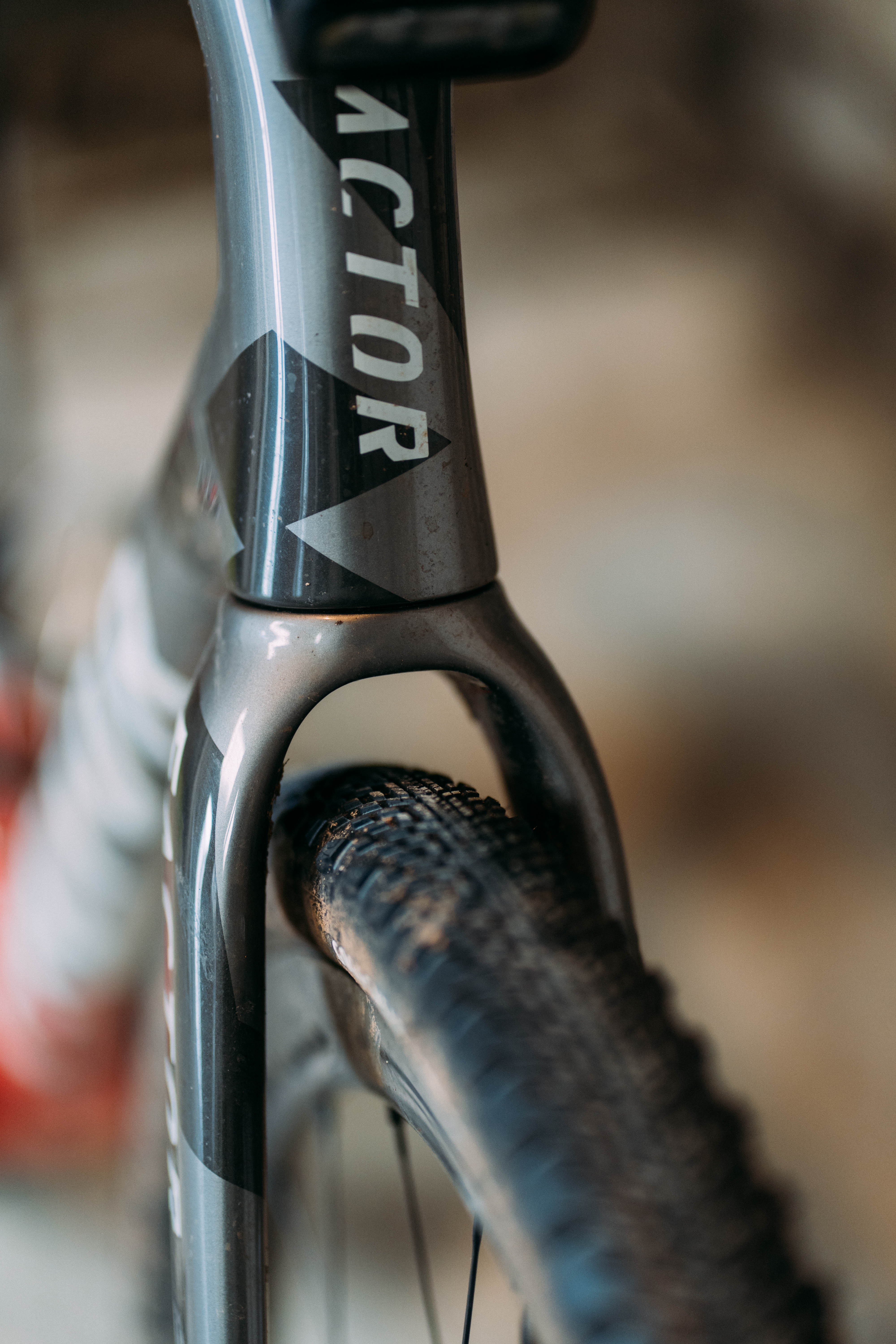
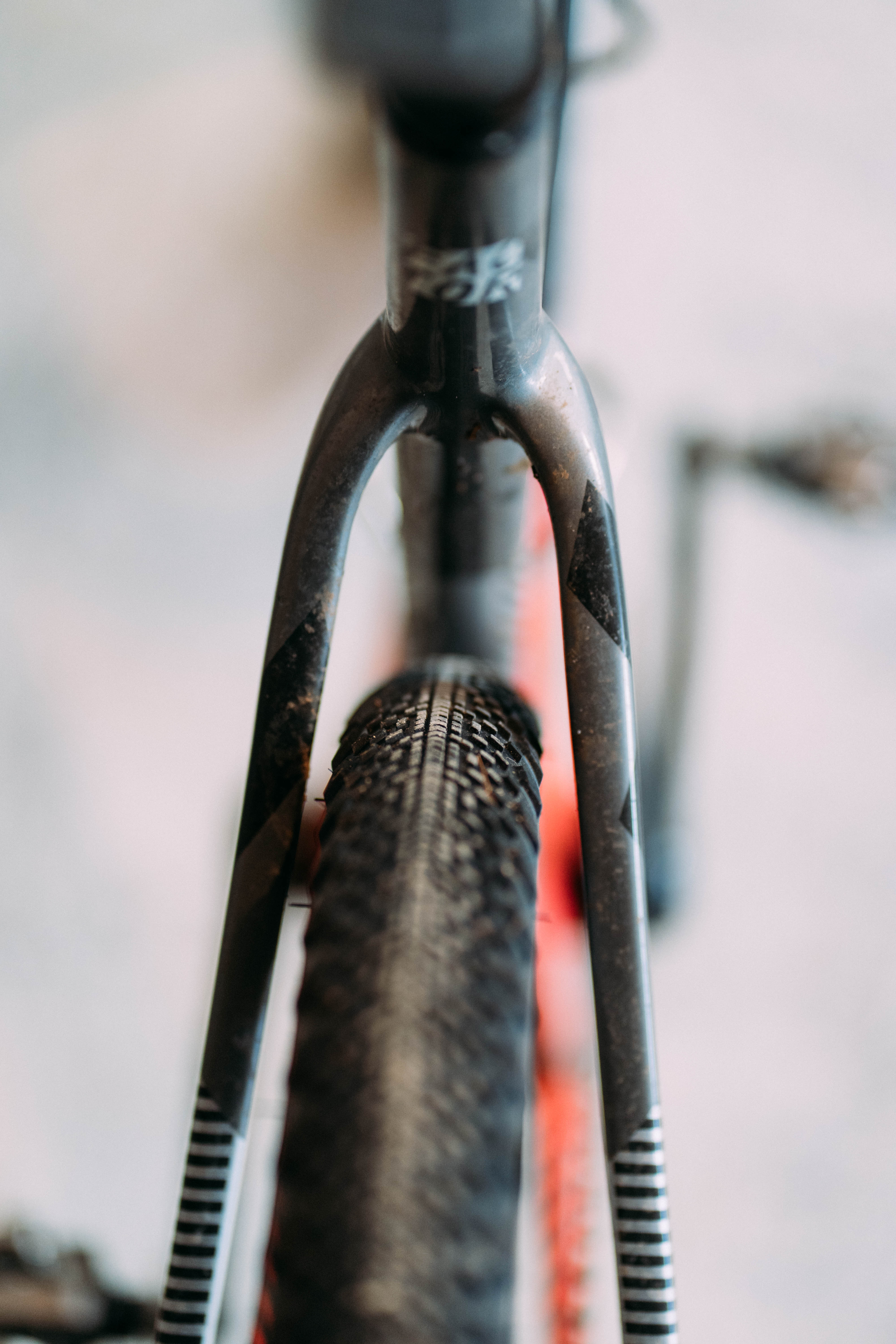

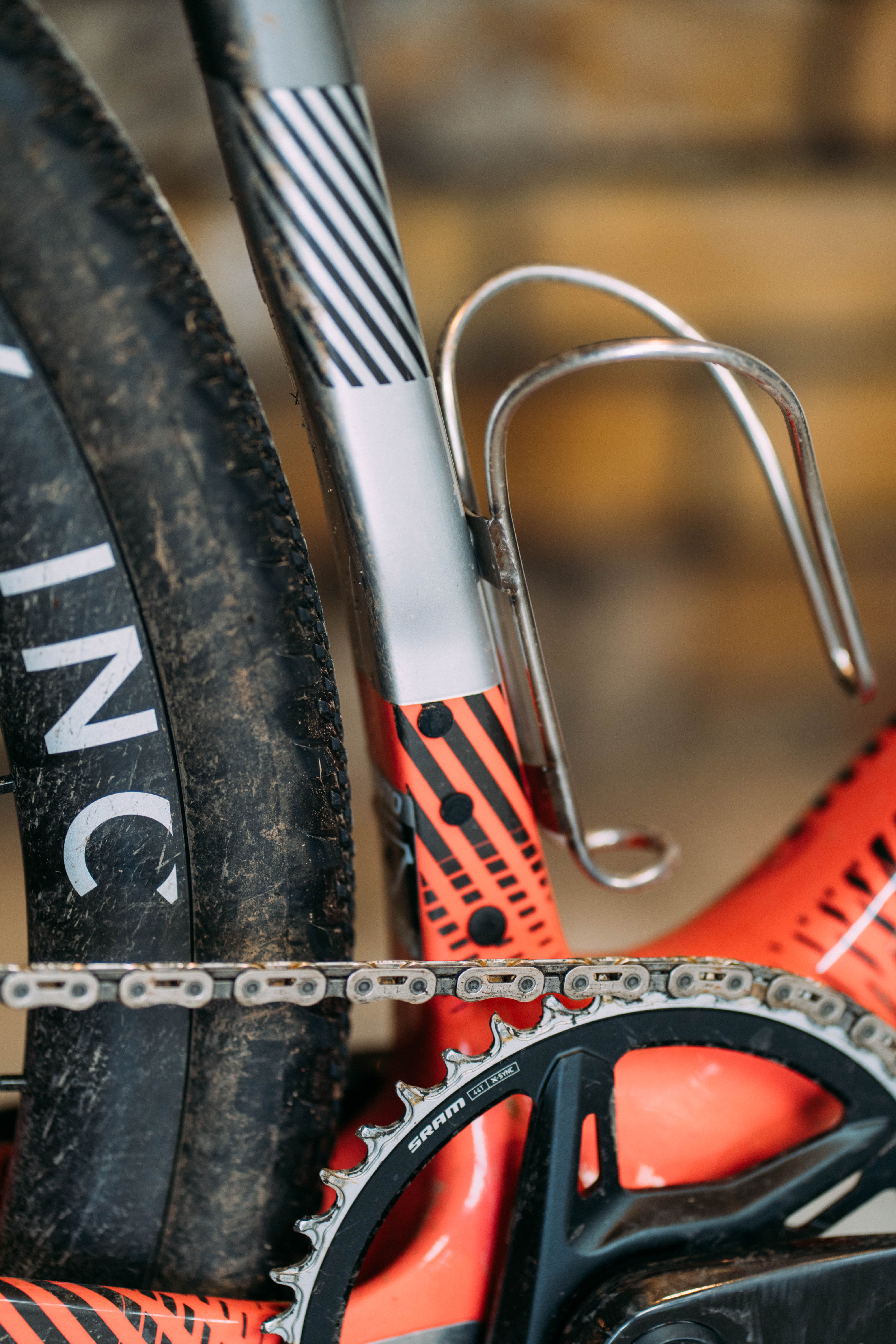
Performance
Let’s start with the good stuff: The Factor Aluto is a lot of fun. It’s snappy, sharp, and the low weight makes it a capable companion on true mixed surface riding, which is especially helpful where I live, where gravel involves a fair bit of road to tie it all together.
On fast, champagne gravel, it’s wonderful. Even on twisty singletrack, as long as the surface is relatively smooth, the agility in the handling is such that it is quite road-like in how it feels. The relatively short 423mm chainstays on my size 56 keep things feeling extremely responsive, and while I haven’t yet got around to testing the new Specialized Diverge, that bike has 430mm in the chainstays, which is quite a difference.
The 72º head angle is on the steeper side of things, and again, to contrast it to the Specialized Diverge, it’s steeper by 1º. The Aluto is much more like the Crux, so if you’re like me and you like your gravel bikes to feel more like a road bike, then you’re going to have a good time here. While Factor hasn’t said as such, I suspect the characteristics of the Aluto would actually make it a pretty mean cyclocross bike if you have an eye towards piloting a machine between the tapes in the mud.
While it doesn’t have the aero credentials of the Ostro Gravel, on fast terrain, it’s wonderful, aided somewhat by that larger front chainring, meaning you can really drive into descents without spinning out as easily. Likewise, this also comes in really handy on road sections where your speeds will naturally get higher. The flip side of this is that on steep, or particularly technical climbs, you can feel a little over-geared. I never felt like I was absolutely mashing the pedals, and to be honest, it gave me a few PBs up some gravel climbs because I had to use a harder gear, but for general riding, if you’re relatively fit, you’ll be fine. However, if you’re going to load up the bike with bikepacking bags, then I’d consider dropping that front chainring down to a 42 or even a 40 if it’s predominantly off-road.
Mounting options are plentiful and well thought out. My preference is to carry my tools in a downtube canister, and so I am happily catered for, even though I never got around to finding a third bottle cage. If you like a bento box, then you’re also sorted, both of which are good options, and neither involves a strap that’ll ruin your paint.
Sadly, the downtube storage is… well, it’s basically useless. The internal cables are neatly routed in a piece of flexible trunking, but this, combined with the relatively small downtube, means there’s little space to fit anything at all.
I have an extremely small mini pump – a Birzman Apogee Mini – and it would not go in. Neither would my CO2 canister, though the regulator head would on its own. Likewise, my multi-tool was too voluminous. If you’re taking a lot of gels, then it’s probably a good place to store them, but you won’t be able to access them on the fly, so I’d just pretend it isn’t there and move on. The door was also quite rattly, which I managed to negate with a few strips of electrical tape to close the gap.
We are in a fortunate position here at Cyclingnews insofar as we not only get to test bikes at the cutting edge of performance trends, but also steer those trends through our lab tests. The flip side of this is that we live in a bit of a ‘wider is faster’ bubble when it comes to gravel tyres. When I first threw a leg over the Aluto, there was part of me that was annoyed I couldn’t fit a 2.2” front and rear, and while I think there’s certainly a place for that, I don’t actually think monster tyres make sense for the Aluto.


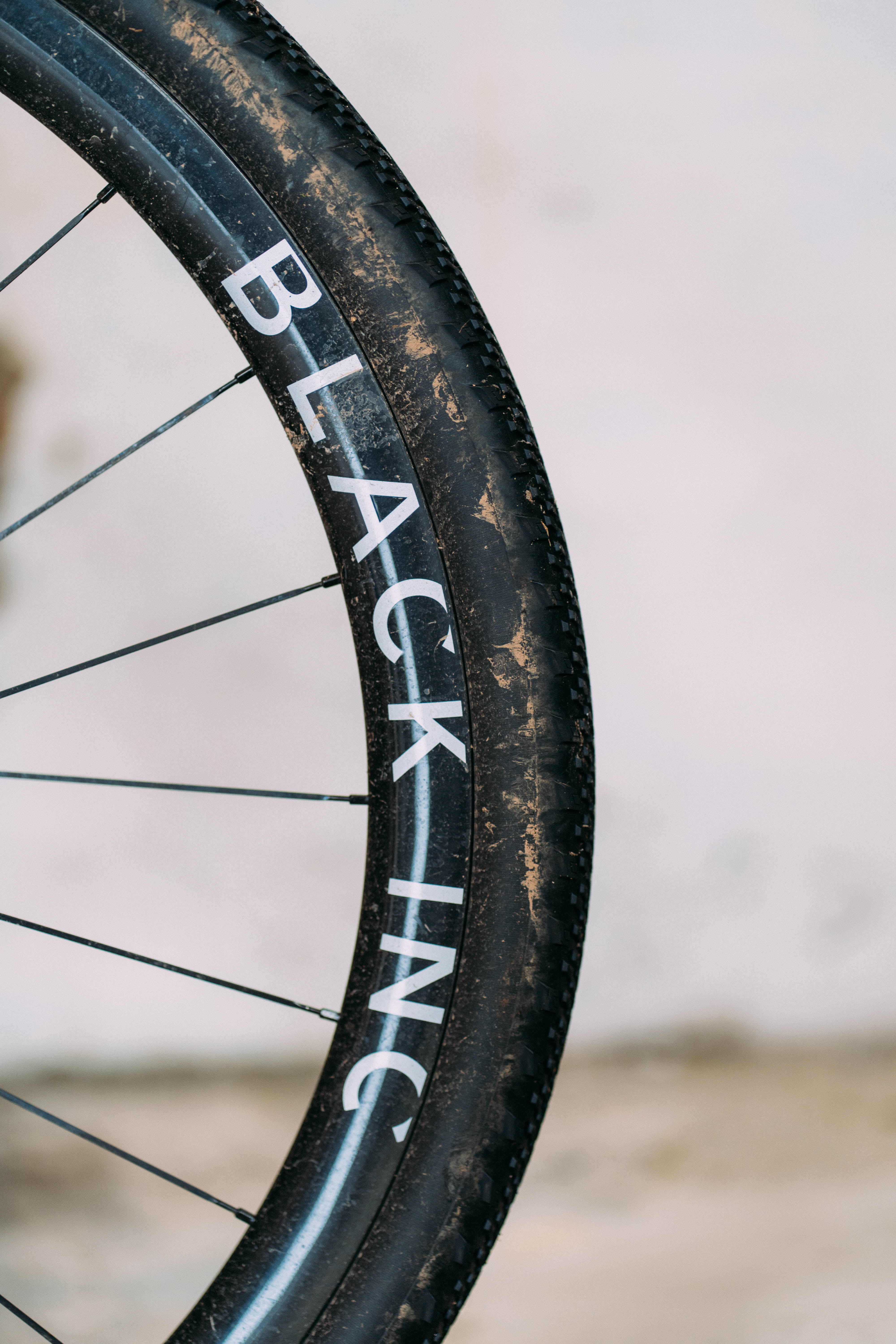
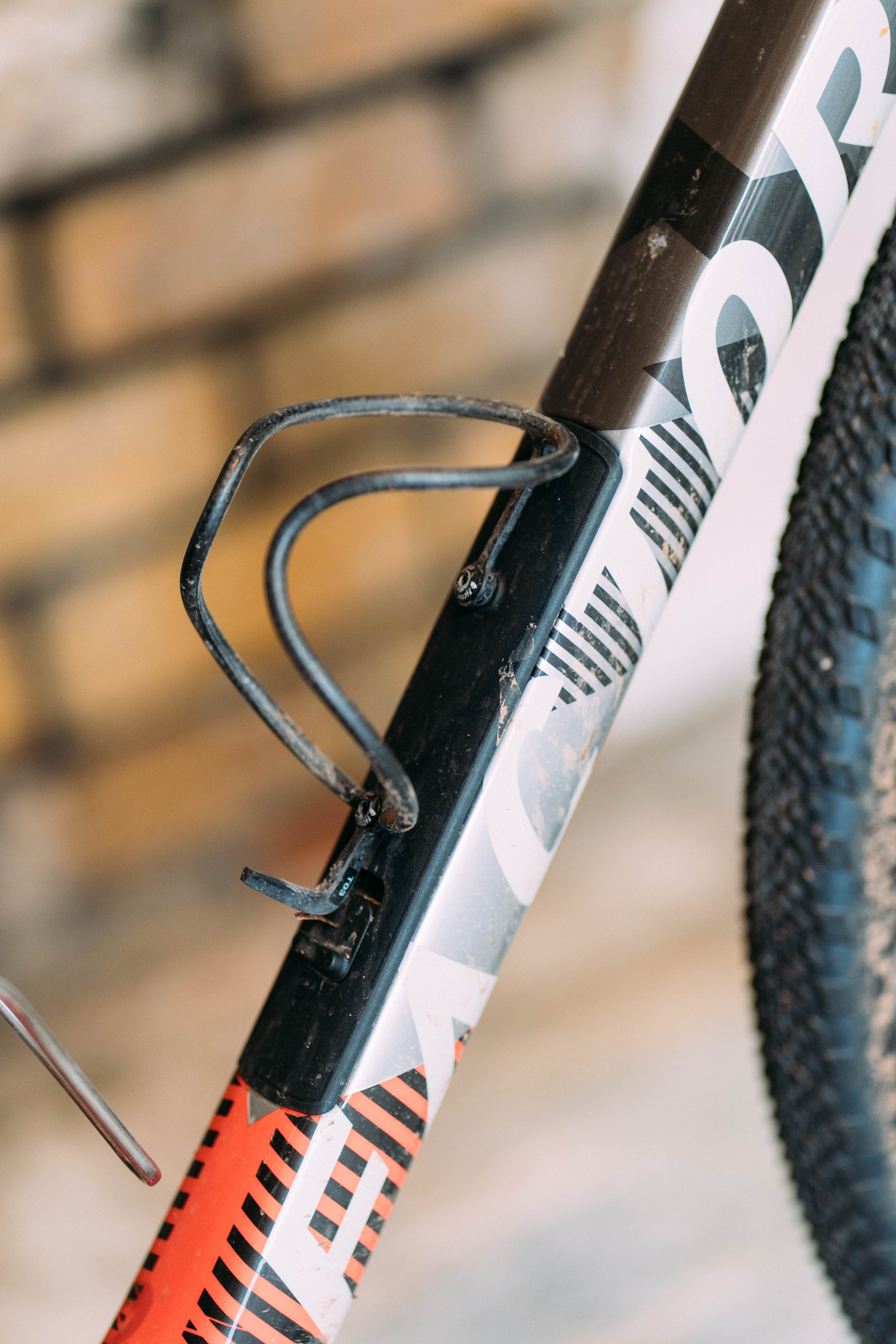
In order to accommodate bigger rubber, the likes of which one can cram in a Lauf Seigla or a Specialized Diverge now, you need to lengthen the chainstays to stop the bigger tyres hitting the seat tube, and make the front end longer either in the top tube or slacker in the head angle to reduce the toe overlap. In both cases, you end up with a bike that’s more stable, but less responsive, and I think the handling is the stay of the Aluto, and 47mm tyres are probably enough for a race-adjacent whippy carbon gravel bike. It means it never feels stolid and cumbersome on the road, it feels beautiful when the going is good, and to some extent, it reminds you that if you want to go charging down rooty, rocky singletrack, then you probably should have bought a hardtail.
I was initially surprised to see no Shimano builds, but unless you’re absolutely dead-set on having a 2x setup, then what’s on offer now with Force XPLR (and Red, if you’ve got the coin) is hard to fault. I actually think it’s a good candidate for a 2x setup, given how adept it is on road and on smooth, fast gravel, but the quality of the brakes and the ergonomics of the shifters have me totally sold on Force. Plus, you get a power meter as standard, if that’s your thing.
I’ll close on something else I really like, which is the cockpit. I love the number of options, but the ergonomics are chef's kiss, and I’m not usually a fan of flared bars. The slight inward turn is great for staying aero on the road, the shallower drop makes the drops more user-friendly off-road, and the tops are just right for climbing on. If you need an aftermarket set of gravel bars and you want something fully integrated, then these should probably be on your list.
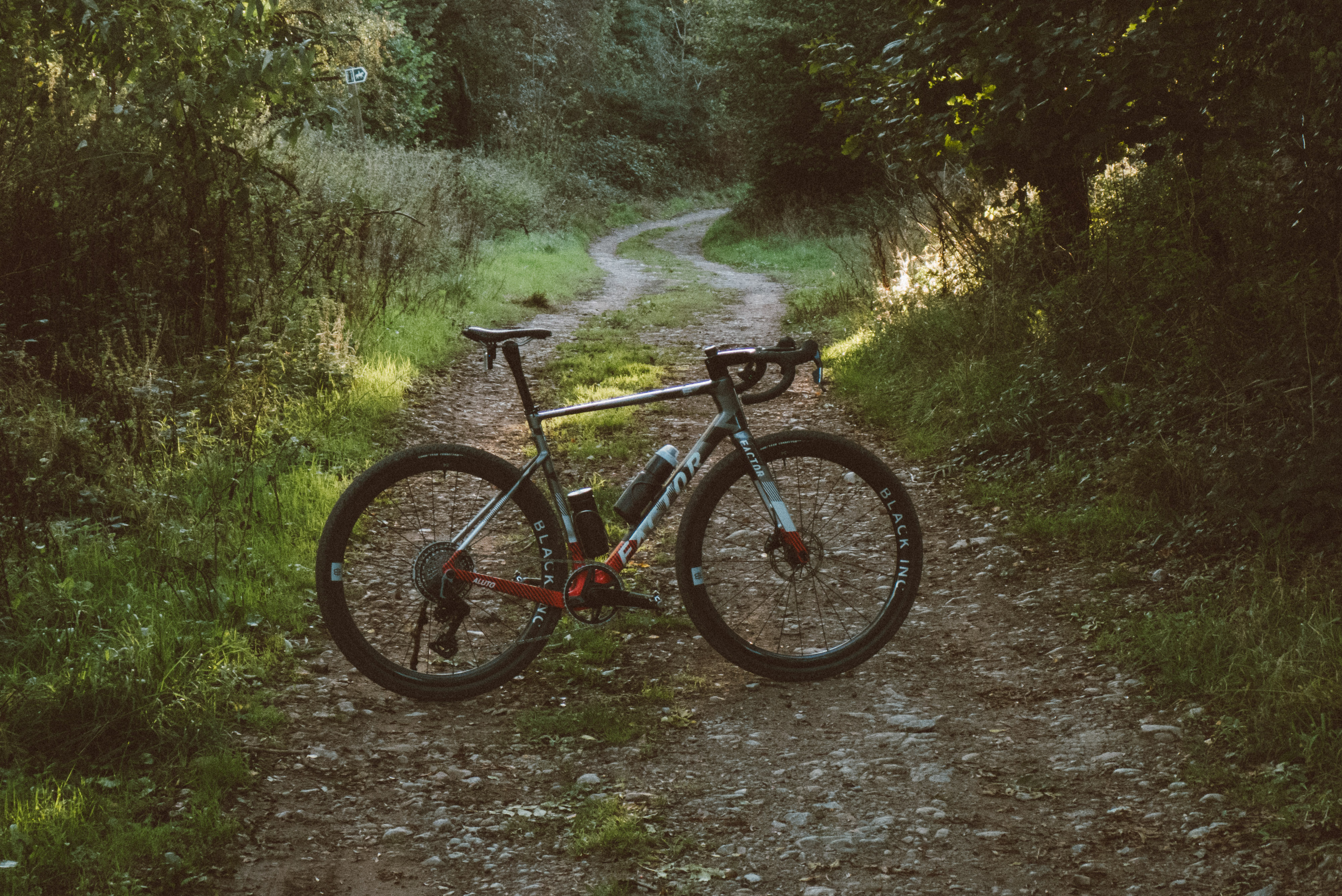
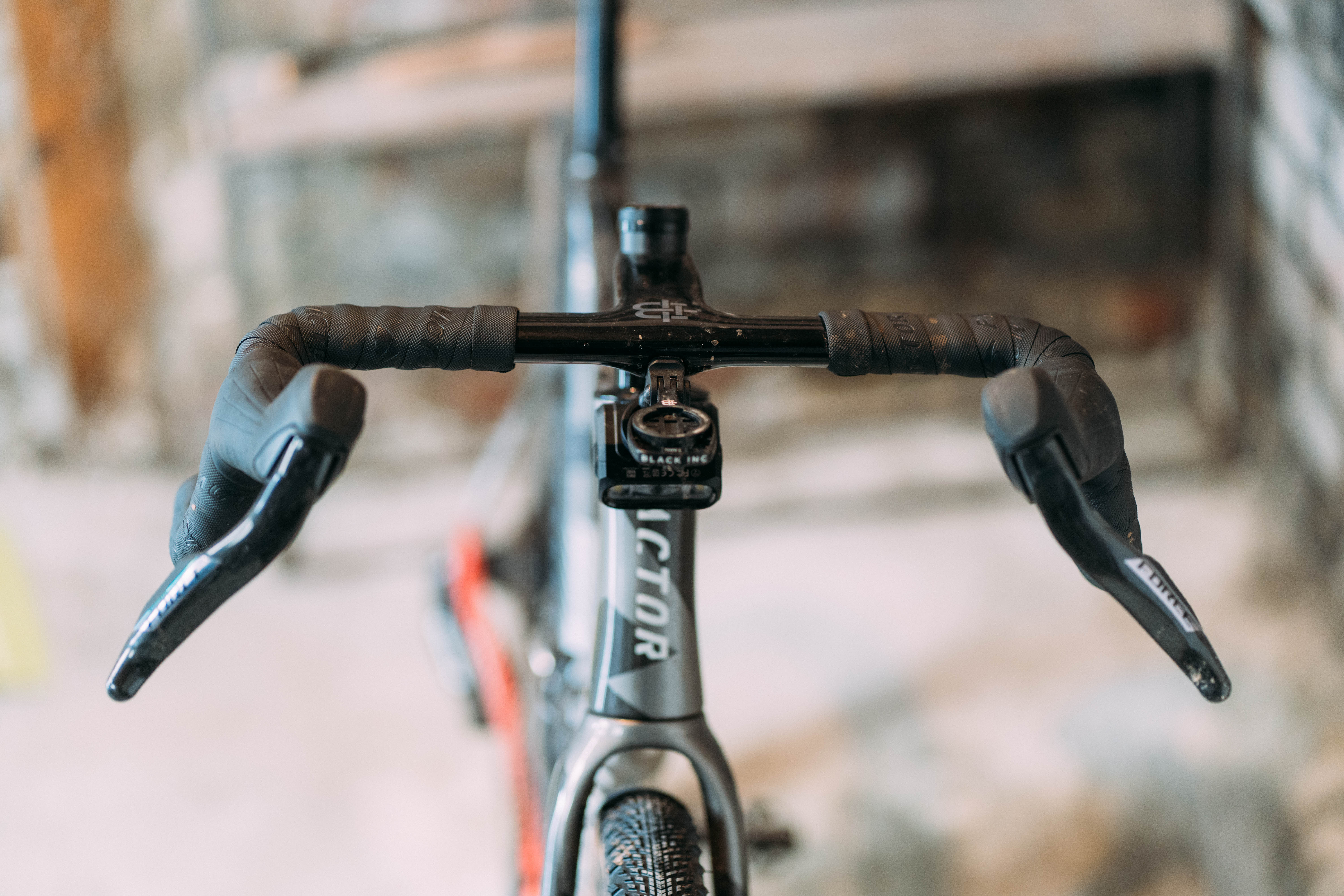
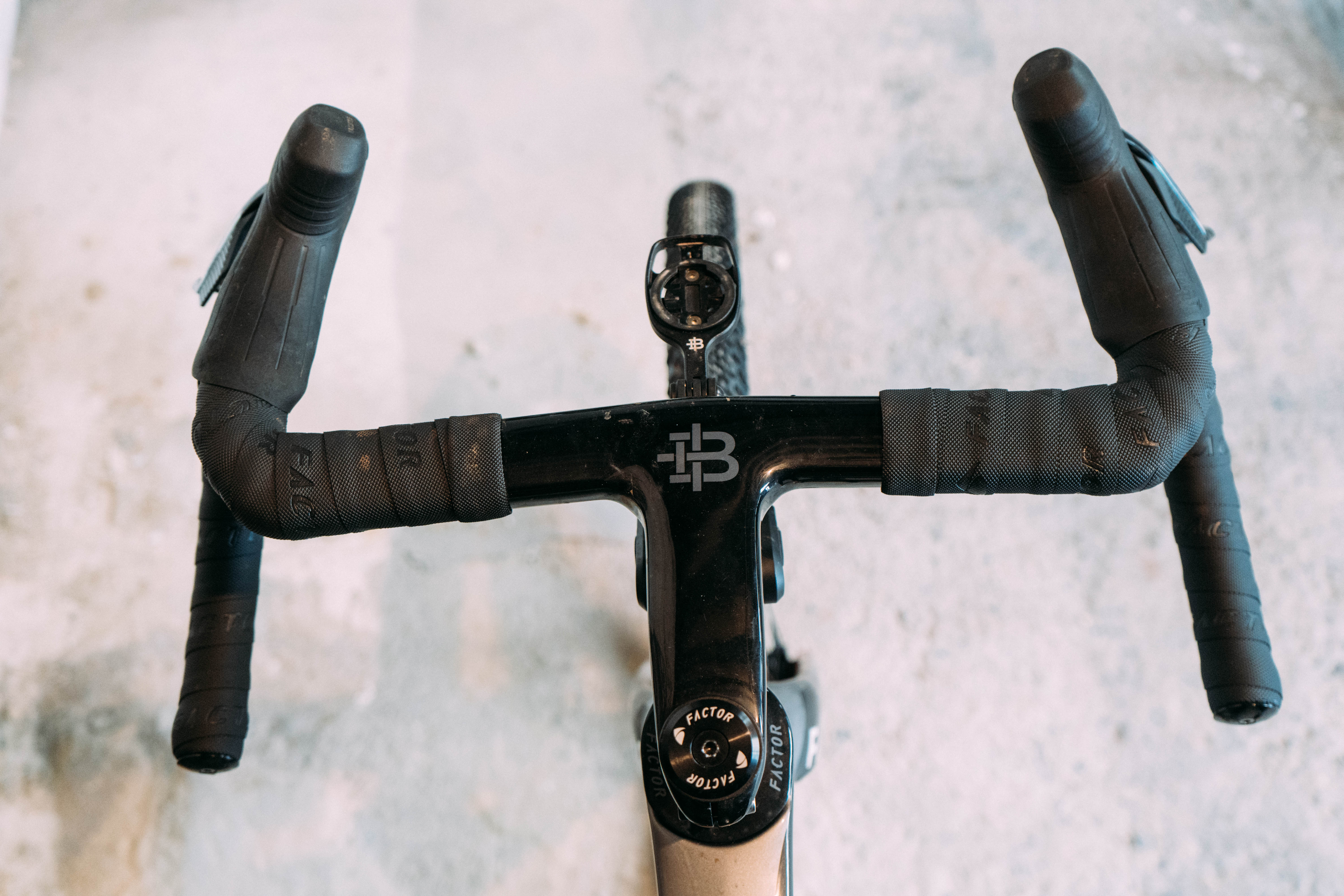


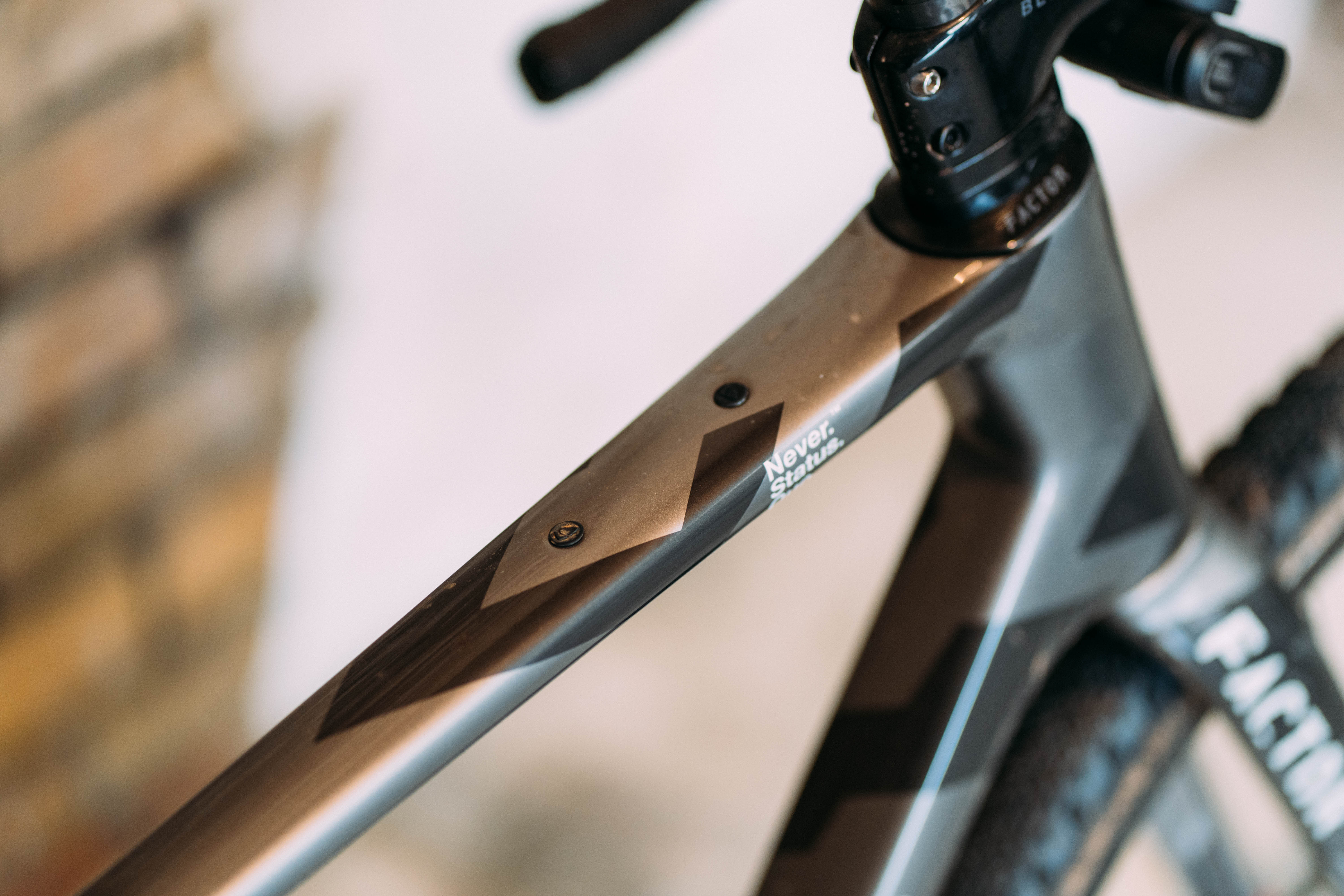
Value
Given that, to my mind at least, the main competition for a bike like this is going to come from the Specialized Crux, let’s compare the two. In a Force XPLR build, both options give you carbon wheels, a power meter, a (somewhat) low weight and snappy handling, and both cost… exactly the same at £6,999.
To be honest, I think both are about on the money for what you get, with neither being a massive bargain nor a rip-off. Factor certainly offers better customisation at the point of sale with the Aluto, and internal cables (if indeed you see that as advantageous), whereas the Crux has a separate cockpit that can be more easily adjusted and swapped, which you’ll want to do if you want a modern narrow cockpit, and is lighter.
Pick your poison; both have an identical 47mm clearance and, if the geometry charts are any guide, will handle similarly.
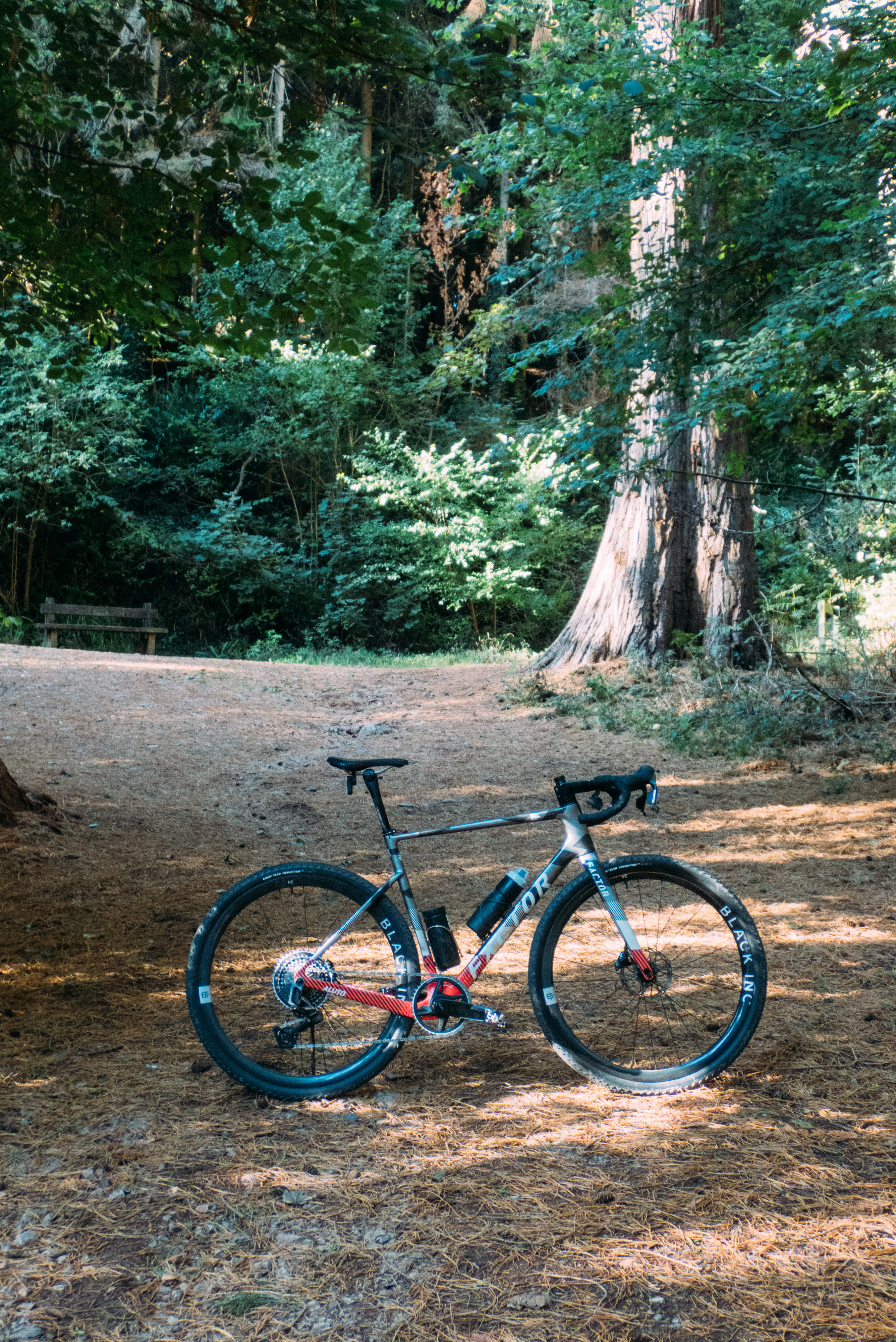
Verdict
I’ve enjoyed my time with the Factor Aluto. It’s perhaps not the most progressive machine out there, but for a great many riders who aren’t actually taking on super-rough terrain on a drop bar bike, it’s actually going to be perfectly fine with 47mm tyres.
The key selling point to me is the handling, which in part comes from the snappy rear end and relatively steep head tube, but also thanks to the relatively svelte weight. Both of these things would be compromised to some degree by fitting massive tyres.
If you want a snappy, responsive ride that feels alive rather than puddingy on well-groomed gravel, then it’s a great option, and also if you want to dabble in ‘cross too. If your gravel riding involves monster-truckin’ over boulders without really thinking about line choice, then maybe go for something else.
Design and aesthetics |
It's a good looking and well thought out machine, with good geometry. The downtube storage and slightly less-than-modern tyre clearance are slightly amiss though. |
8/10 |
Performance |
For the riding it was designed for it's wonderful. Fast, whippy, nimble, and very road-like. Less adept on very rough terrain, but that's OK. |
9/10 |
Weight |
8.9kg for a Force-equipped gravel bike is fine, but not so light that it'll cause Crux owners to break a sweat. |
7/10 |
Specs |
SRAM-only might be seen as a downside, but Force and Red are so good I can't fault them. Likewise the cockpit options and crank length options are real plus points. |
10/10 |
Value |
It's no bargain basement bike, but it certainly trumps the Crux in the customisation dept. |
8/10 |
Overall |
84% |







